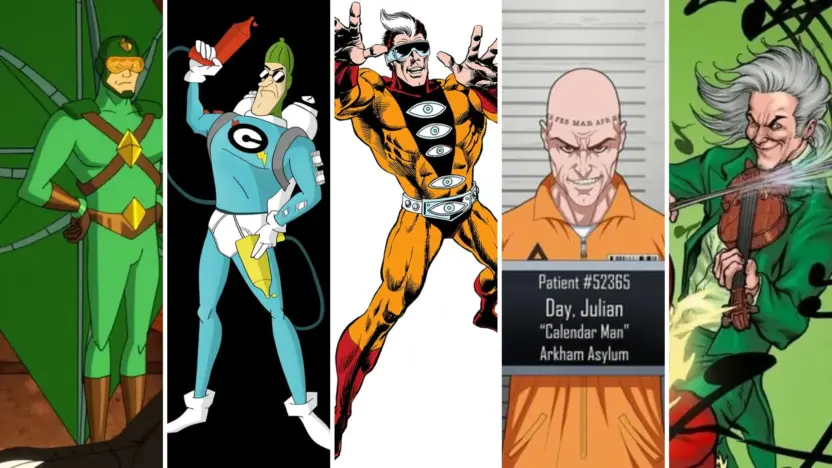In the vast universe of DC Comics, superheroes often face off against formidable foes, but not every villain is a force to be reckoned with. While some antagonists boast overwhelming powers, others are decidedly less intimidating. Yet, despite their limited abilities, these weaker villains still dared to challenge some of the most iconic superheroes—and inevitably paid the price. In this article, we’ll take a closer look at the top 5 weakest DC Comics villains who stepped into the ring with the heroes, only to be swiftly defeated. Their efforts may have been valiant, but victory was never in the cards.
Top 5 Weakest DC Comics Villains Who Challenged Superheroes (And Lost)
Kite Man (Charles Brown)
Kite Man, also known as Charles Brown, is one of DC Comics’ most peculiar and unconventional villains. First appearing in Batman #133 in 1960, Kite Man’s entire persona revolves around using kite-based gadgets to commit crimes. With no superpowers or exceptional abilities to speak of, his weapon of choice is a massive kite, which he uses to glide through the skies of Gotham City.
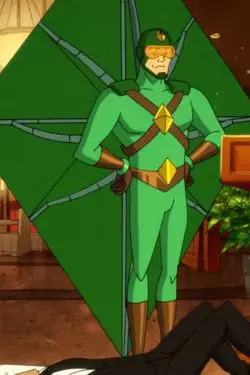
Despite his lack of threatening capabilities, Kite Man has often gone up against Batman, one of the most formidable heroes in the DC Universe. His comic appearances usually showcase him as more of a joke or a nuisance than a serious threat. However, in recent years, the character has gained a cult following due to his “Hell yeah!” catchphrase and humorous depiction in the Harley Quinn animated series. While his criminal schemes never amount to much, Kite Man’s persistence in facing Gotham’s protector makes him an unforgettable—if somewhat comical—villain in DC’s rogues’ gallery.
Condiment King
Condiment King is another villain who embodies the quirky and absurd side of DC Comics. First introduced in Batman: The Animated Series and later adapted into the comics, this villain’s claim to infamy is his use of condiment-themed weaponry. As his name suggests, Condiment King arms himself with ketchup, mustard, and various other condiments, which he shoots at his enemies using specialized guns. While his attacks may be messy, they lack the lethal edge needed to pose any real threat to Gotham’s heroes.
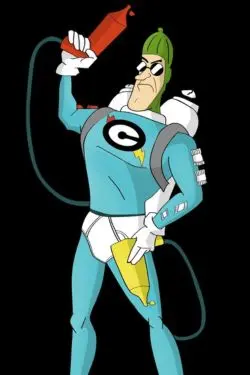
A satirical take on supervillain tropes, Condiment King is often depicted as more of a comedic nuisance than a true adversary. Despite going toe-to-toe with Batman on occasion, he is easily overpowered and defeated. His over-the-top persona and bizarre weapon choices have made him a cult favorite among fans, but in the world of Gotham’s criminal elite, he ranks among the weakest villains to ever challenge the Dark Knight.
Ten-Eyed Man (Philip Reardon)
Ten-Eyed Man, or Philip Reardon, is one of the more bizarre and uniquely weak villains in DC Comics. Introduced in Batman #226 in 1970, Reardon was a Vietnam War veteran who, after a traumatic injury, underwent an experimental surgery that rerouted his optic nerves to his fingertips, giving him “eyes” on his hands. While this granted him an unusual ability to “see” through his hands, it also became his greatest weakness. His entire vision depended on keeping his hands safe, which, in a fight, made him particularly vulnerable.
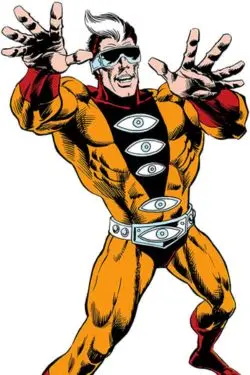
As the Ten-Eyed Man, Reardon sought revenge against Batman, whom he blamed for his accident, but his unconventional power set proved more of a hindrance than an asset. With his hands being so fragile, he was easily outmatched by the Dark Knight and never stood much of a chance in their encounters. Though Ten-Eyed Man is remembered for his bizarre premise, he is undoubtedly one of the weakest and most impractical villains to ever challenge Gotham’s protector.
Calendar Man (Julian Day)
Calendar Man, also known as Julian Day, is a villain whose crimes revolve around dates and significant holidays. First appearing in Detective Comics #259 in 1958, his gimmick is meticulously planning crimes based on the calendar, often choosing specific holidays or notable dates to carry out his plans. While this makes him a thematic and strategic villain, his lack of physical strength or superhuman abilities places him on the weaker side of Batman’s rogues’ gallery.
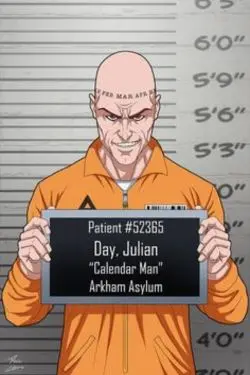
Despite his relatively low threat level, Calendar Man has gained more depth over time, particularly through his portrayal in Batman: The Long Halloween. In this storyline, his role as a Hannibal Lecter-like character, offering cryptic clues about a mysterious holiday-themed killer, gave him more psychological weight. However, even with his cerebral approach to crime, Calendar Man is usually no match for Batman’s detective skills and combat prowess. He may be clever, but his reliance on dates to dictate his actions often makes him predictable and easy to defeat.
The Fiddler (Isaac Bowin)
The Fiddler, or Isaac Bowin, is a villain whose criminal career revolves around his mastery of music—specifically, the violin. Introduced in All-Flash #32 in 1948, Bowin was once a petty criminal who learned the art of hypnotic music from a mystic during his imprisonment in India. Upon his return to the United States, he fashioned himself as the Fiddler, using his violin to hypnotize, control objects, and even create sonic vibrations capable of causing destruction.
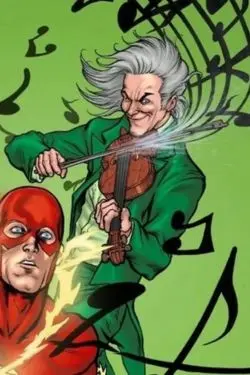
Despite these unique abilities, the Fiddler often found himself outmatched by heroes like the Flash and the Justice Society of America. His reliance on his violin made him vulnerable; without his instrument, he was powerless, and his plans frequently fell apart. While his musical gimmick added flair to his crimes, it ultimately proved insufficient against the super-speed and resourcefulness of his opponents, cementing the Fiddler as one of DC Comics’ weaker villains. Though not without potential, his failures in battle consistently underscore his place among the less threatening adversaries in the DC Universe.
Also Read: Who is The Strongest Enemy of Spide-Man?
